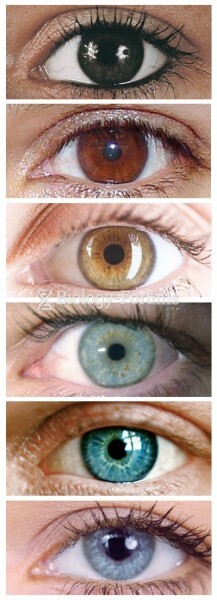Answer to Question 1
C
C. Green designates that a low risk level for terrorist attacks has been established. Citizens are encouraged to develop and share family emergency plans, create emergency supply kits.
A. Condition blue (guarded) is declared when there is a general risk for terrorist attack. In addition to the green level activities, government agencies communicate with designated emergency response or command locations, review and update emergency response procedures, and provide the public with information to strengthen the ability to act appropriately.
B. Condition yellow is declared when there is significant risk of terrorist attacks. Government agencies continue activities listed with the less severe levels of threat and also increase surveillance of critical locations, coordinate emergency plans, assess the characteristics of the threat, refine preplanned protective measures, and implement appropriate contingency and emergency response plans.
D. Condition orange indicates there is a high risk of terrorist attack. Government agencies will continue with the above activities and begin coordinating necessary security, take additional precautions at public events, prepare to execute contingency procedures, and restrict access to a threatened facility to essential personnel only.
Answer to Question 2
B
Recent anticoagulants sometimes contraindicate the placement of an epidural catheter because of the risk for epidural hematoma at the insertion site. Certain conditions may make epidural analgesia the method of choice for pain control: following surgery, for patients with trauma or advanced cancer that is not responsive to other pain management modalities, and those predisposed to cardiopulmonary complications because of a preexisting medical condition or surgery. Previous spinal anesthesia is not a contraindication for receiving subsequent spinal anesthesia.







